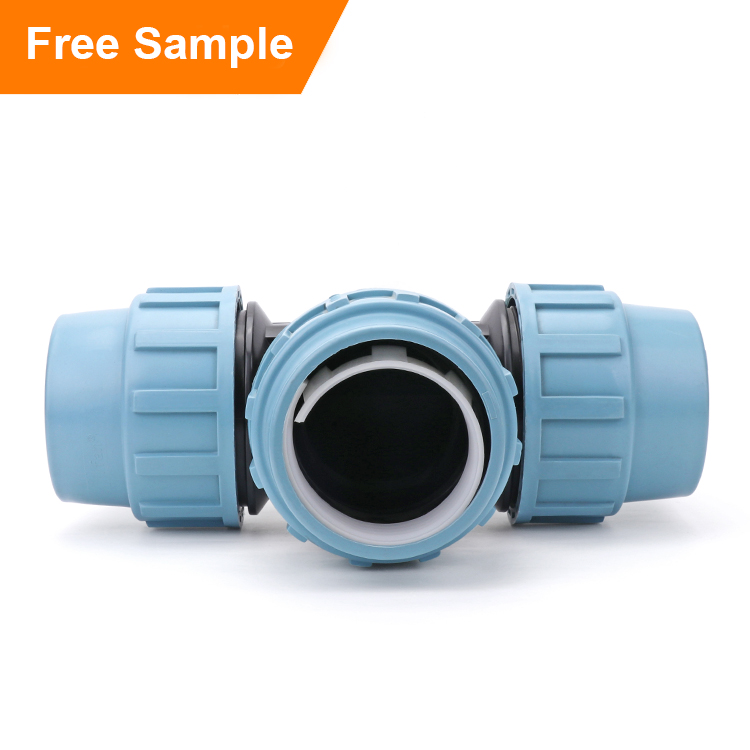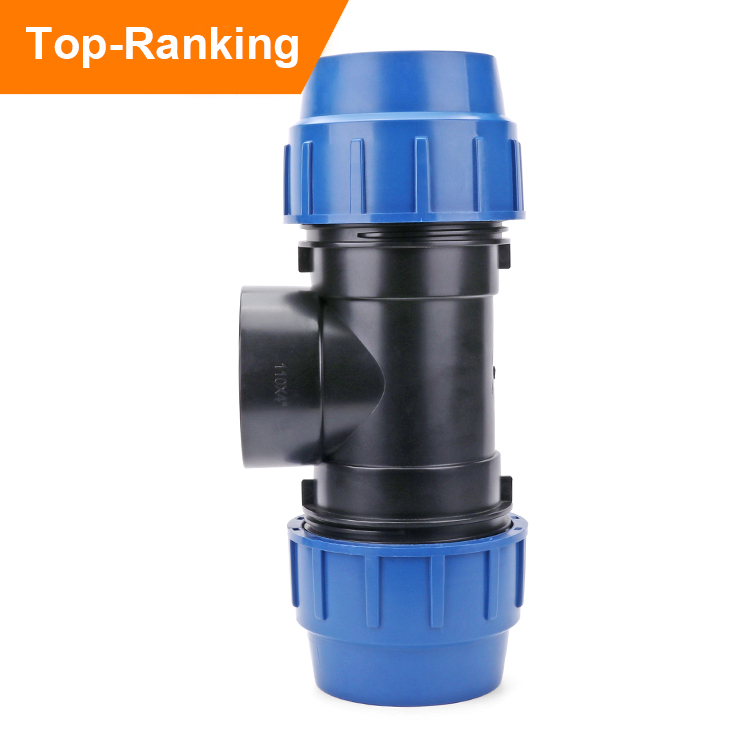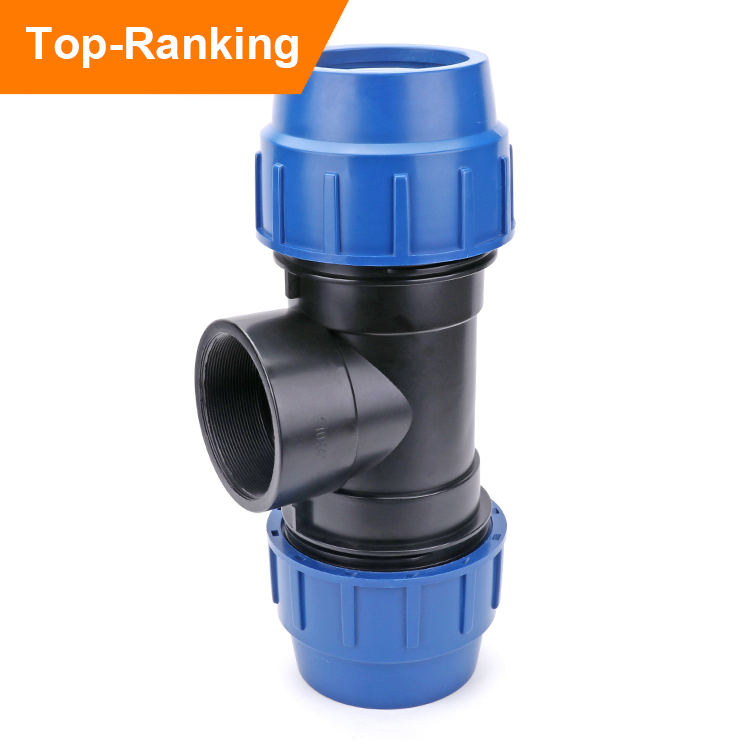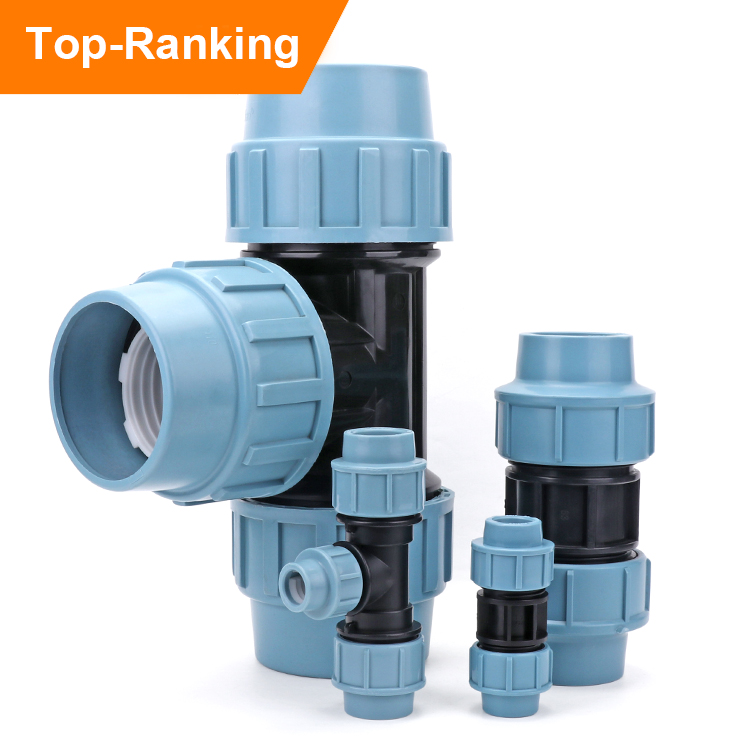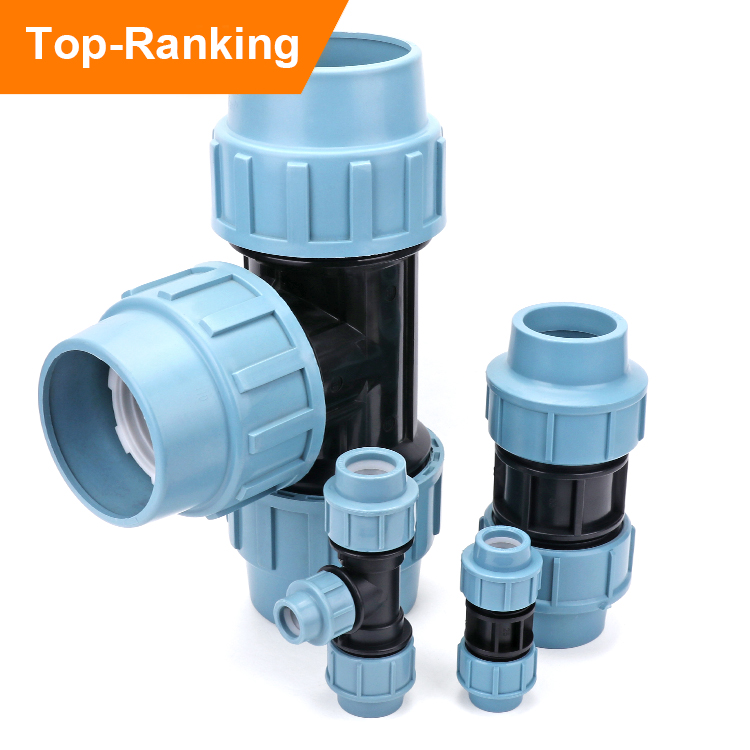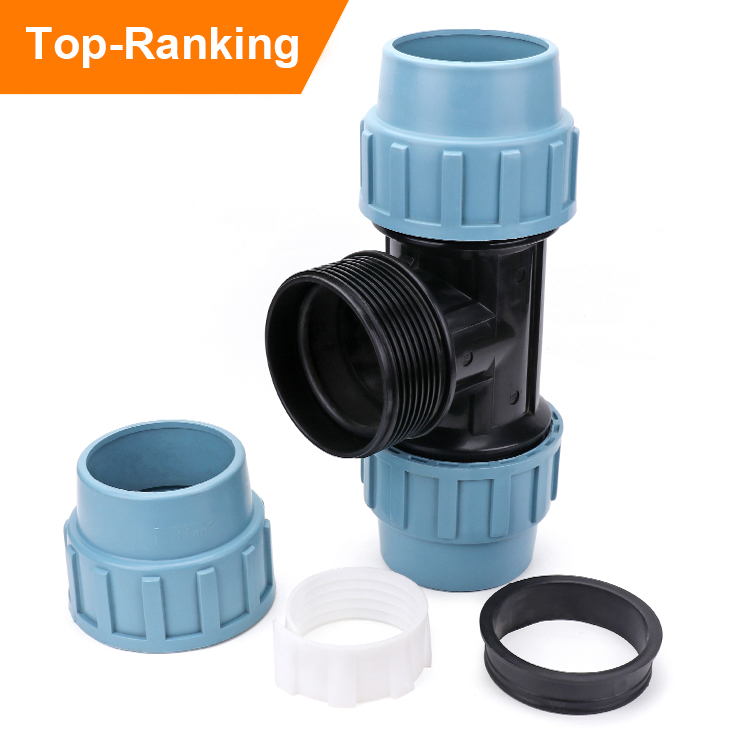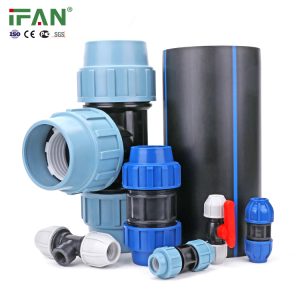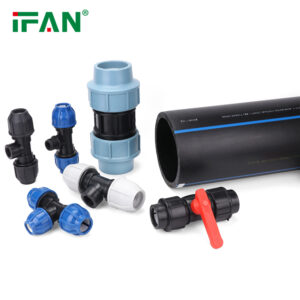Description
Is PP and PTFE the same?
PP (polypropylene) and PTFE (polytetrafluoroethylene) are distinct materials with different properties and applications.
Chemical Composition: PP is a thermoplastic polymer made from propylene monomers, while PTFE is a fluoropolymer made from tetrafluoroethylene monomers. The presence of fluorine atoms in PTFE gives it unique properties not found in PP.
Heat and Chemical Resistance: PTFE has exceptional heat resistance and can withstand extremely high temperatures without melting or deforming. It also exhibits excellent chemical resistance, making it resistant to most acids, bases, and solvents. PP, although having good heat resistance, cannot match the extreme temperatures and chemical resistance of PTFE.
Friction and Lubrication: PTFE has a low coefficient of friction, making it an excellent choice for applications where low friction and lubrication are required. It is commonly used as a non-stick coating on cookware and as a lubricant in various industries. PP, on the other hand, has a higher coefficient of friction and is not suitable for applications where low friction is essential.
Applications: PP is widely used in packaging, automotive parts, pipes, and containers due to its favorable combination of strength, rigidity, and chemical resistance. PTFE, on the other hand, finds applications in high-temperature environments, electrical insulation, non-stick surfaces, lubrication, and as a coating for various industrial components.
In conclusion, PP and PTFE are different materials with distinct properties and applications. While PP offers good chemical resistance and is suitable for various industries, PTFE excels in extreme temperature environments, chemical resistance, low friction, and lubrication applications.


